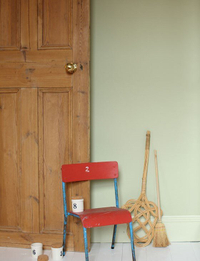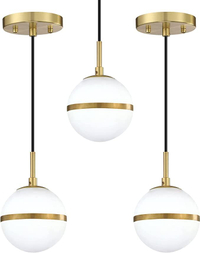How can I divide a bedroom into two rooms? 10 ideas that will transform how you use your space
Want to divide a bedroom into two rooms without building walls? These expert-approved ideas demonstrate how
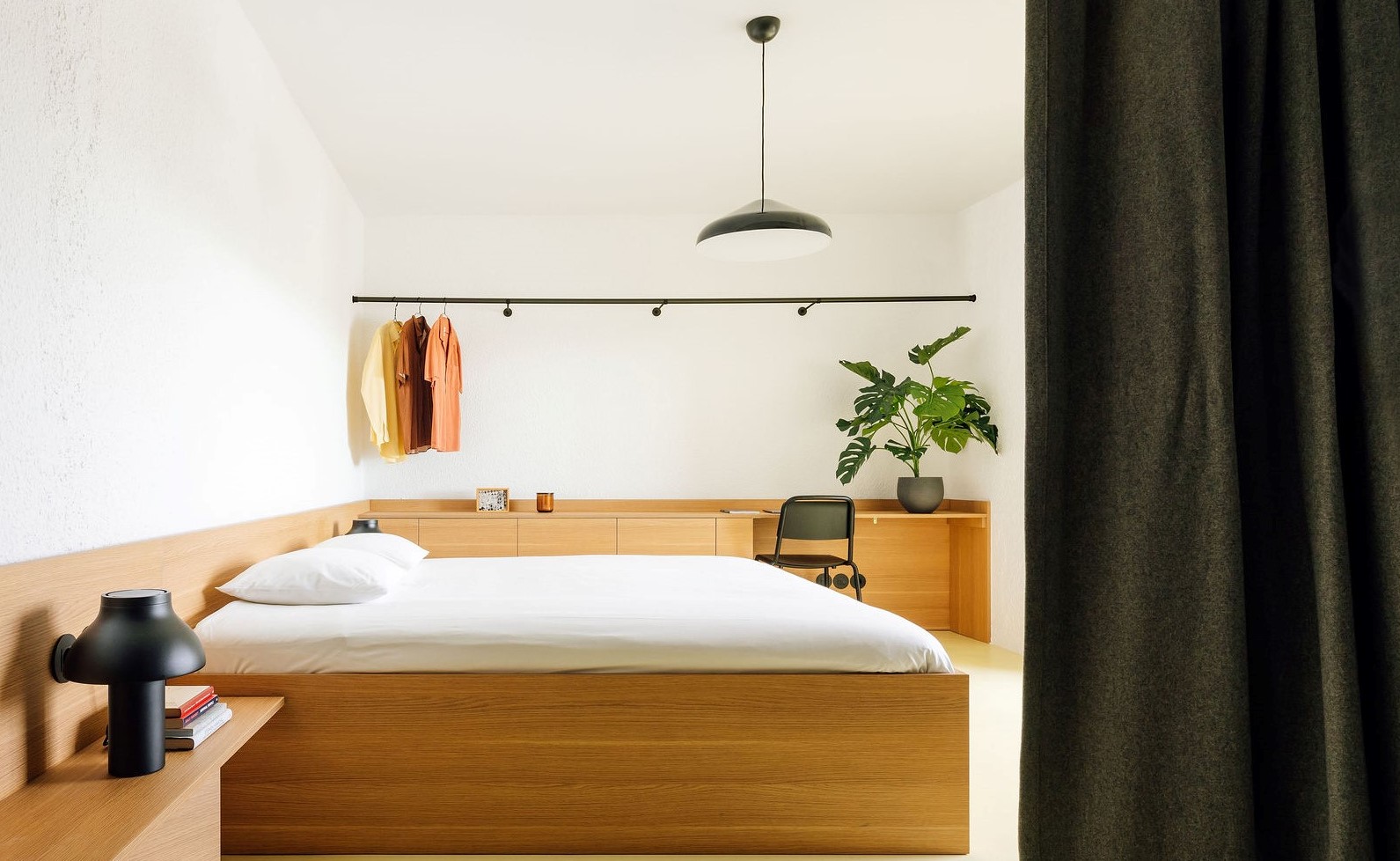

There are plenty of reasons you might want to divide a bedroom into two rooms, whether it's to create a closet, home office, or even to create a second bedroom. Yet, it isn't always possible to construct internal walls or renovate a room at the drop of a hat.
Whether you're working with a small bedroom where every square inch is essential, yet everything needs to do double duty or you have a larger space to work with that isn't being made the most of, finding a way to pull out more uses from one room in a shortcut to living better.
Thankfully, by embracing everything from room dividers to genius ways to visually separate spaces, turning one bedroom into two rooms is easy enough. These experts show you how.

Aditi is a homes writer and editor with several years of experience. Her articles, backed by expert insights, offer suggestions aimed at helping readers make the best home design choices. For this article, she spoke to top experts to understand ways to create two bedrooms from one room.
How can I divide a bedroom into two rooms?
'As with every other room in the home, modern-day life sees us demanding more from our bedrooms,' says Emma Deterding, founder of Kelling Designs and KDLoves. 'A room to escape the day’s stresses and carve out that time for you to focus on your health, well-being, and getting the best night’s sleep, it's also become a space that may need to include a home office, a yoga/meditation space and more.'
While many bedrooms have to do everything in one space, why not divide a bedroom in two to bring some separation between these functions? Here's how.
1. Divide the room with distinct flooring
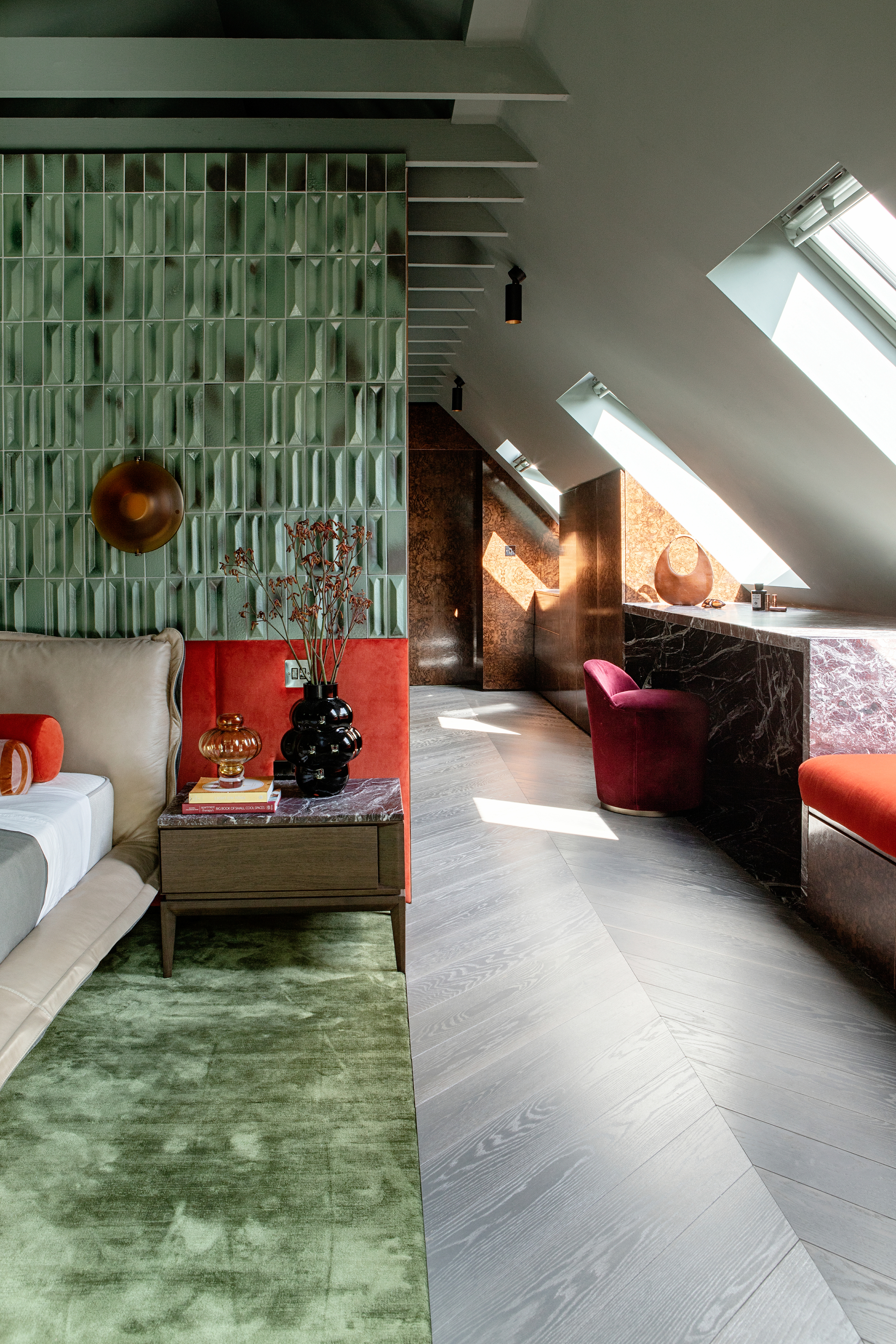
The flooring gives contouring to a room, framing it visually while charting out its dimensions for us. When it comes to bedroom flooring ideas, consider two distinct colors, materials, or even textures, to create a partition within the room. This will help you read it as two bedrooms within one.
'A bold and beautiful master bedroom,' says Roisin Lafferty, founder of Kingston Lafferty Design. 'We designed this space as a series of inserted cubes, linking the bedroom, wardrobe, and en-suite, clad in both Burlwood and Gio Ponti tiles for a layered, textured finish.'
'One of my favorite ways to zone a bedroom is to define each area with your choice of color, pattern, and materials,' says Emma. 'For instance, if you want to include a dedicated yoga/meditation space in the bedroom, why not use different flooring to create a subtle divide, with carpet in the bedroom area to provide warmth underfoot and wood floors for the space where you’ll be working out? If you’re using wooden floors in the entire bedroom, then simply using different formats (i.e plank and herringbone) in each ‘zone’ can help to add subtle distinction.'
2. Draw the curtains to create two rooms
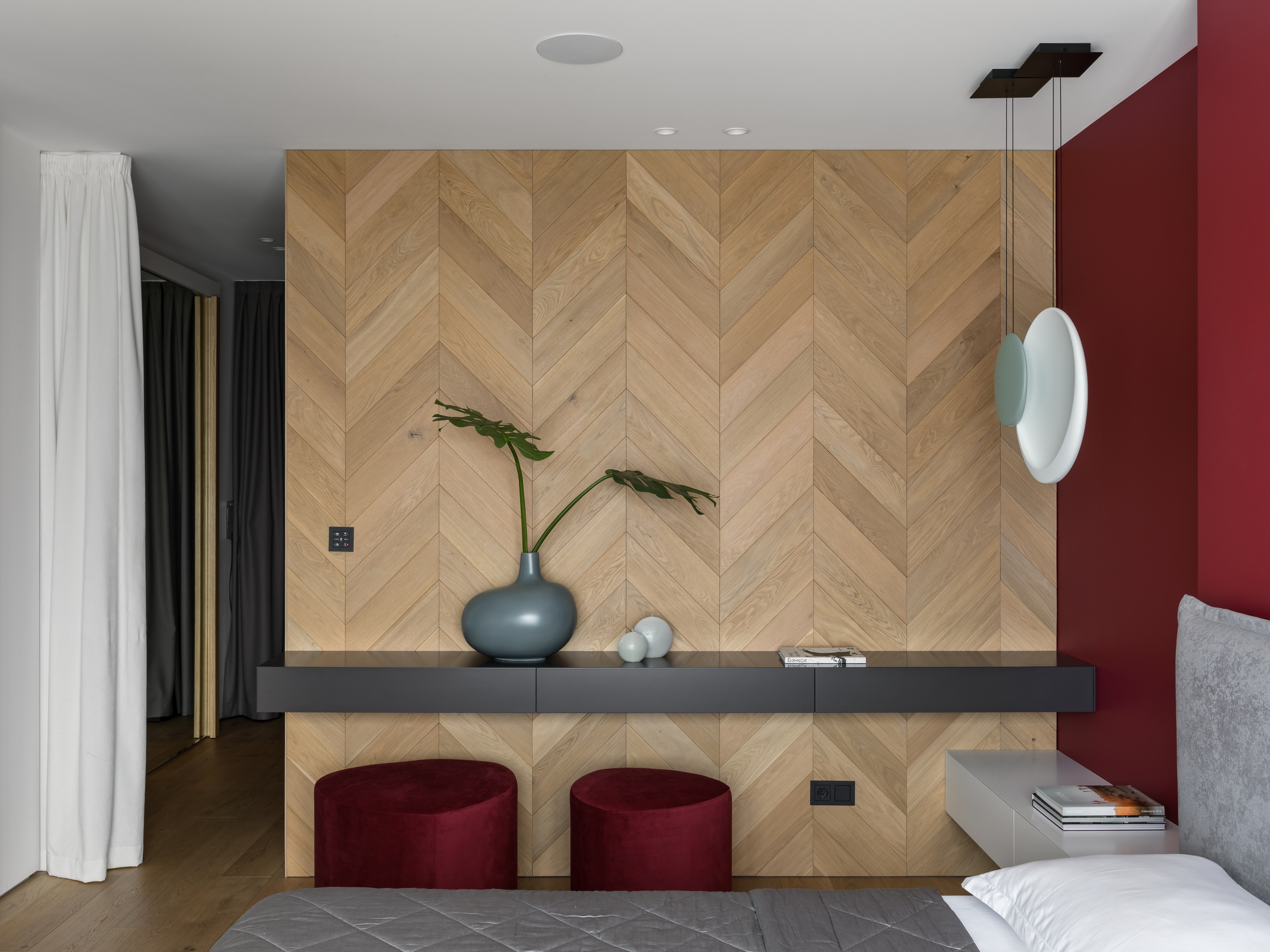
Diving a room with a curtain is one of the easiest ways to split your space without making a permanent commitment to your walls.
Consider blackout curtains if you're trying to create a walk-in closet or a changing area. If it's just a space to work or study, maybe choose cotton or sheer ones that create a feeling of distinction without making the room feel smaller.
3. Use the magic of millwork
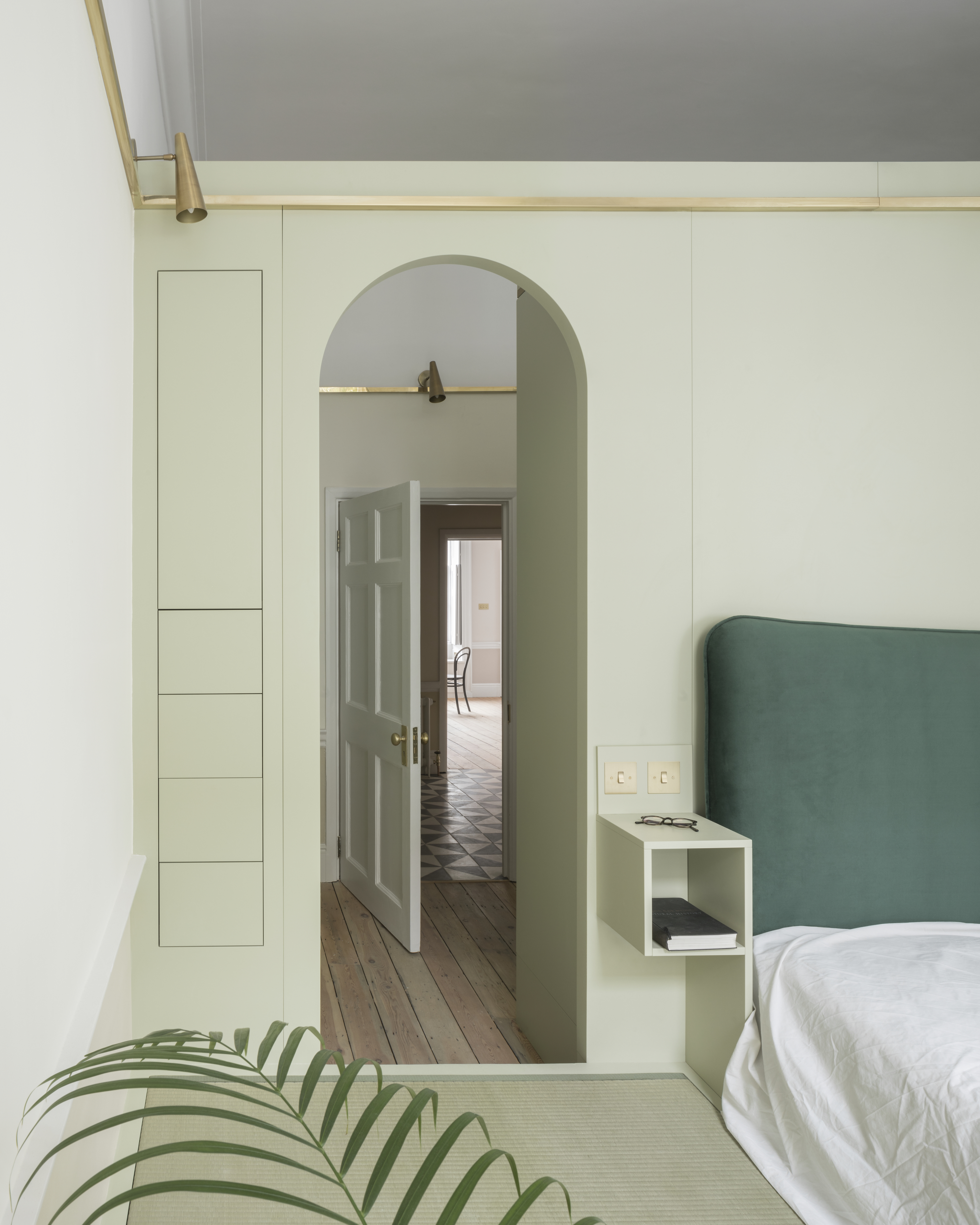
The idea behind this room is that millwork has been used to create a separate walk-in closet and bedroom out of one room. Not only does the millwork add warmth to the bedroom, but with a soothing green bedroom color idea, it gives the space a feeling of breeziness.
'The intervention objective in the main bedroom was to create joinery which referenced a regency style, the period the property was built in,' explain says Jonathan Tuckey, founder of Jonathan Tuckey Design. 'However, the aim was to achieve this as a modern interpretation with subtlety so as not to be a pastiche. A muted green color palette and brass detailing evoke an air of sophistication and serenity.'
Cooking Apple Green, Farrow & Ball
This green color has a rich, traditional look and goes particularly well with wood. The shade looks brighter and more lively in well-lit rooms.
4. Consider a curving headboard for a subtle division
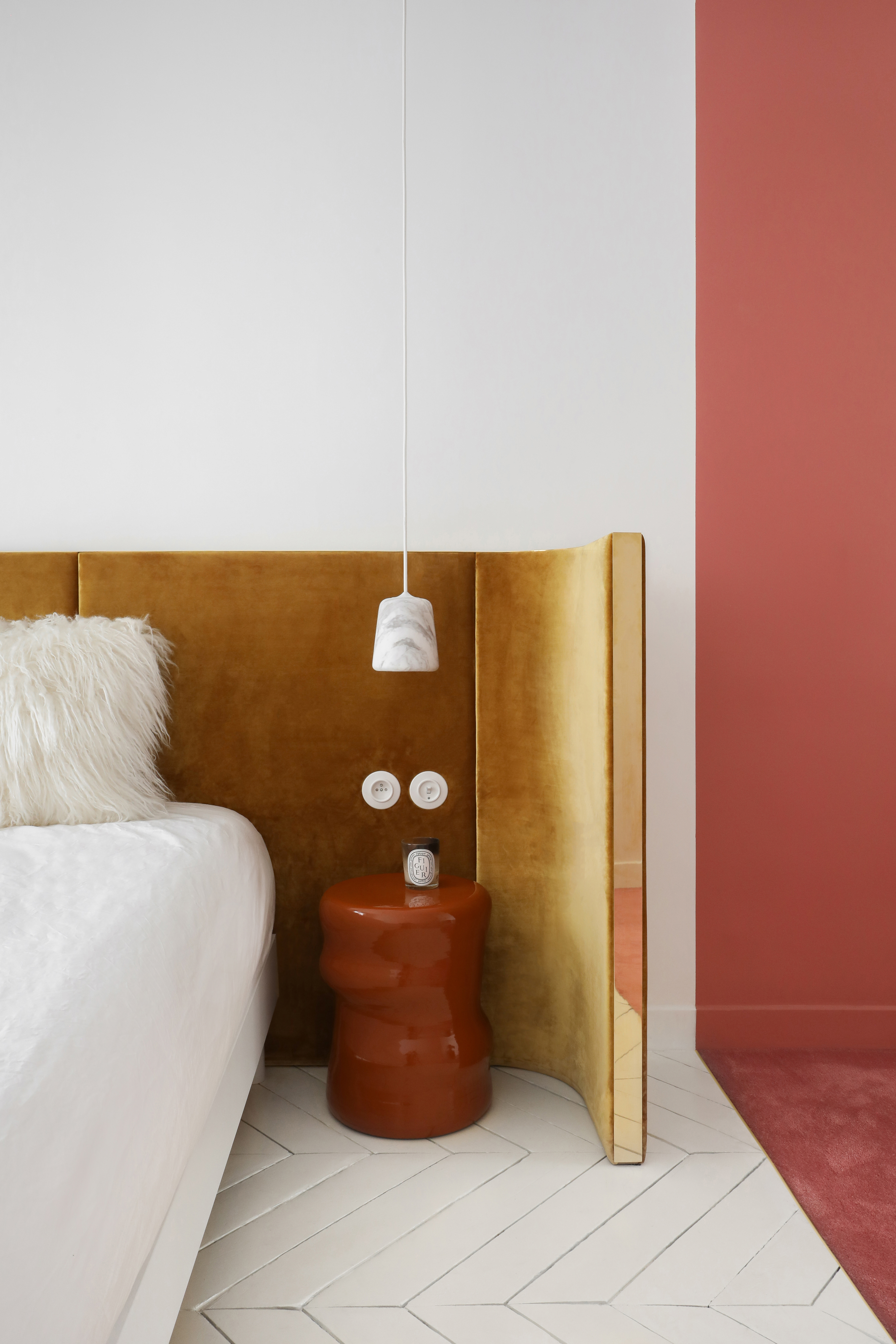
When thinking of bedroom headboard ideas, we usually consider these as decorative elements that give the bed a crowning glory. Sure, these beauties add color, pattern, and design to the space but have you ever considered their functional contributions as well?
A curving, floor headboard, like in this project by Heju, not only gives the sleeping area a cocooning feeling but also creates a division between the bed and the wardrobe. Add to that, are the wall paint and the orange carpet, which add to the segregation of space.
'To create a cozy and restful bedroom area, you could use a beautifully patterned wallpaper in the space where your bed will be and opt for a complimentary paint to add that division,' says Emma. 'By using complementary colors, you’ll keep the look cohesive but add that crucial zoning. Remember, you don't need to stick to a muted, neutral color palette – brighter colors can be just as soothing when used correctly. Whether you opt for zesty yellow tones, inky blue hues, or rich red and green shades, it's all about using color in a way that is balanced and easy on the eye.'
5. Create a bay window
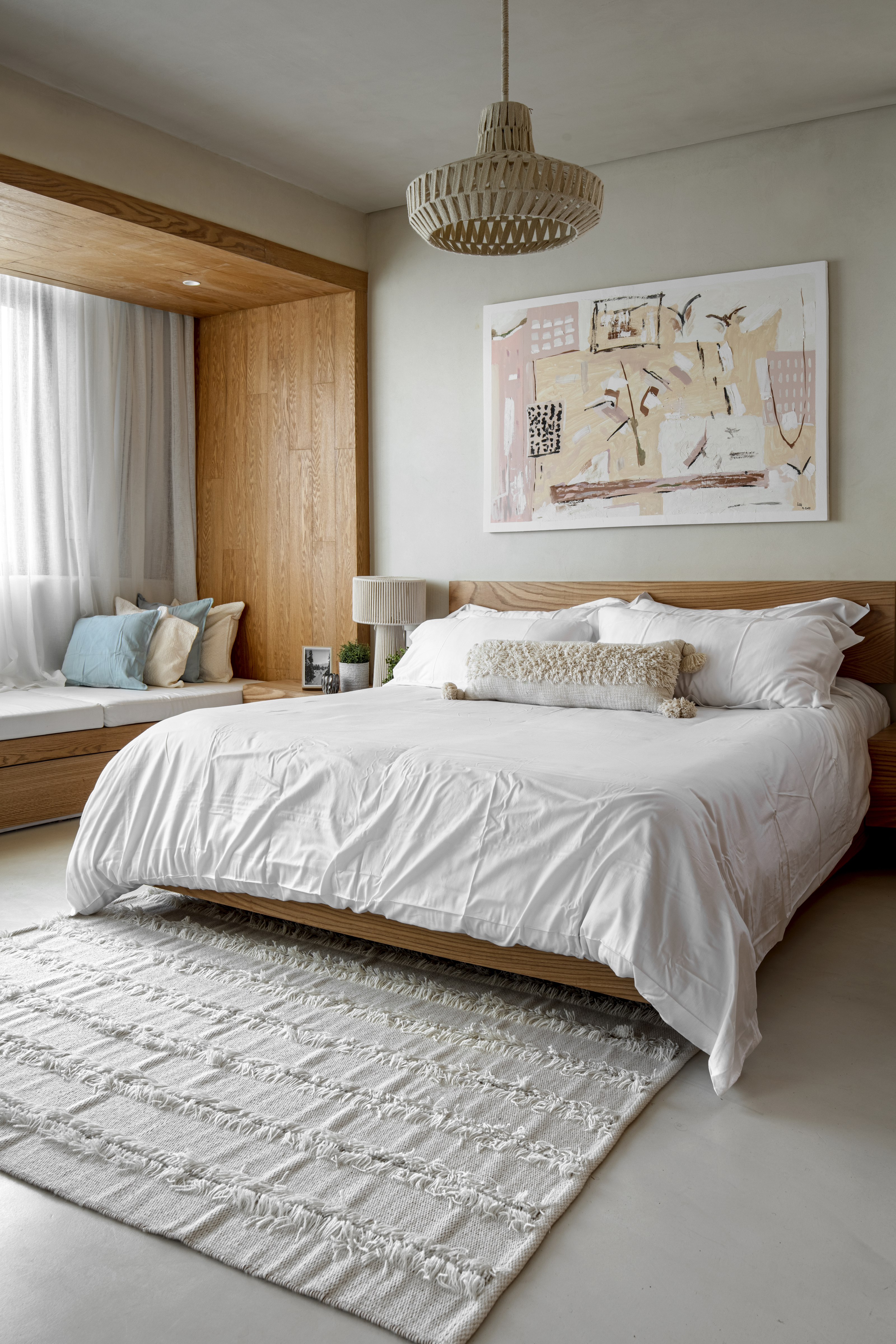
Another great way to zone out a bedroom is with a window seat. These add a whimsical touch to the room and offer a lovely spot to sit, read, and contemplate. Plus, there’s the added benefit of built-in storage underneath.
From an architectural perspective, a bay window helps frame views and draw the eye through to the garden beyond. They also offer an alternative to the idea that you need to have full-width glazing at the back of the house to create a connection with the outdoors. When creating one in your bedroom, remember to keep its height to a standard chair – not too high, not too low
6. Fit a small home office inside a closet
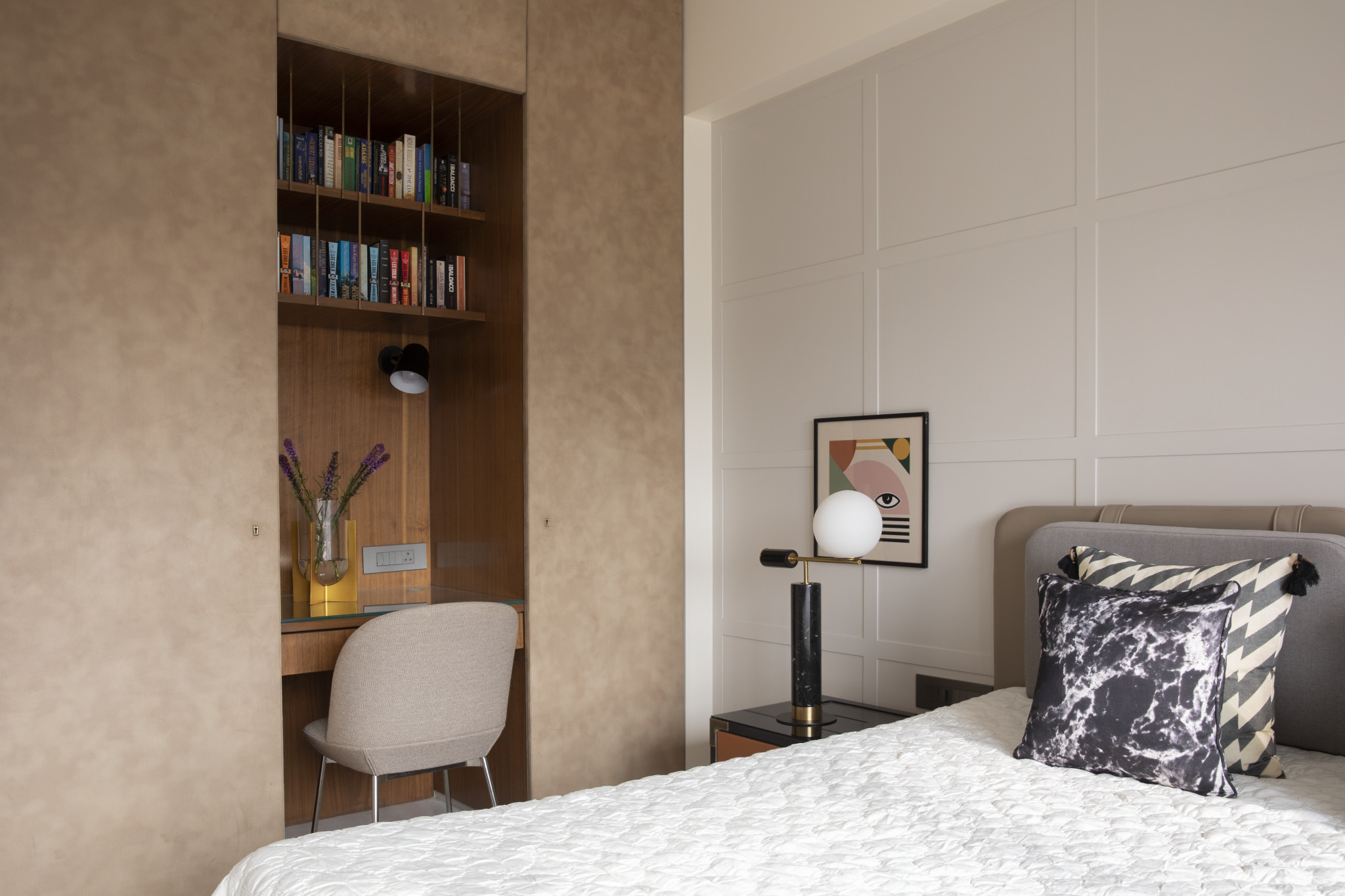
There's something so clever about closet offices because not only is it a genius space-saving solution, but once work hours are over, you can shut the door and switch off immediately.
An alcove, a spare cupboard, and a closet that you can sacrifice some clothes storage for a desk, all offer up as alternatives for a home office. While you're facing inwards, it almost feels like you're seated in another area, or room, far removed from the home's chatter.
7. Place the bed inside a niche
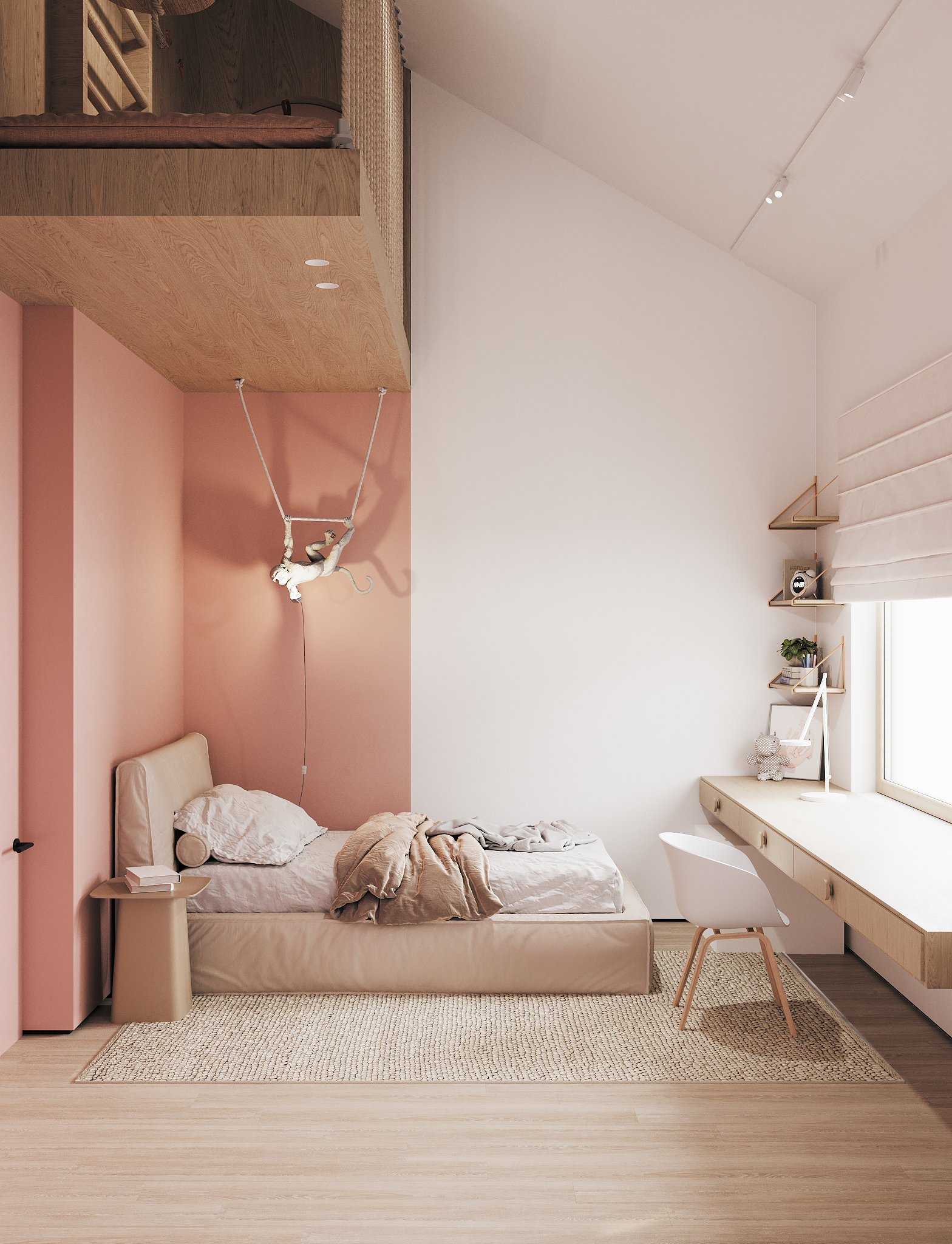
If you have an awkward bedroom layout, with corners, alcoves, and niches, use it to your advantage. Place a bed and a cabinet inside one such corner or niche, leaving the rest of the room open for other uses.
In this space, the bed is fit snug inside one end of the room, with a study desk along another wall. The pink paint gives the sleeping area an individualistic look, while the free, wooden flooring offers up room for play. This is an ideal two-in-one bedroom for a kid.
8. Create a separate seating area
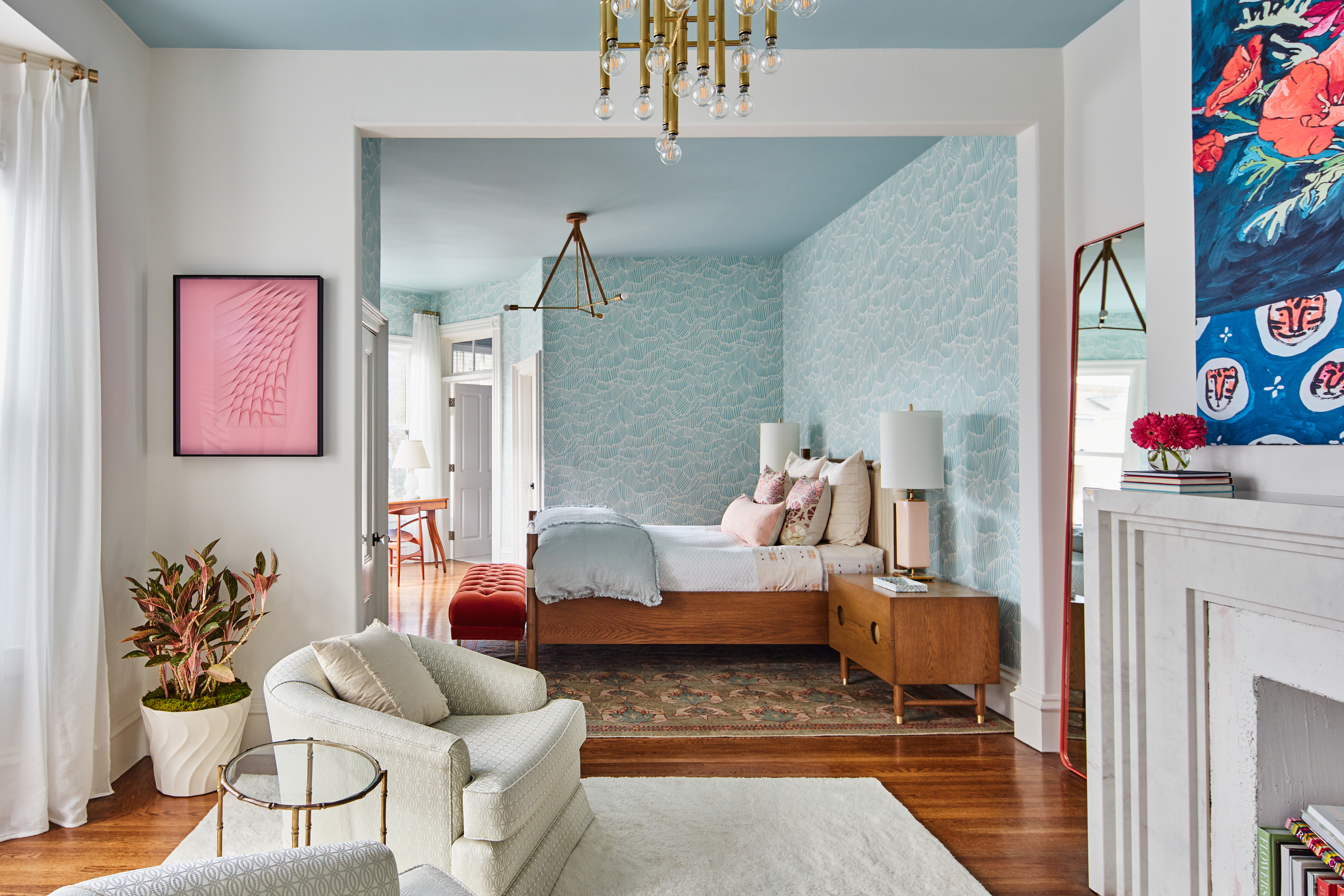
Have a large bedroom? Use the space to your advantage by creating an intimate lounging area with bedroom seating (sofas or armchairs), and add a fireplace too. This will help you create two distinct and equally functional areas in your bedroom, much like a five-star suite in any luxury hotel.
This can be done in a small or medium-sized room as well. Simply choose an open corner, wall space, or even the area in front of the bed to place an armchair, a stool, a chaise, or even a chair.
9. Add a sliding door
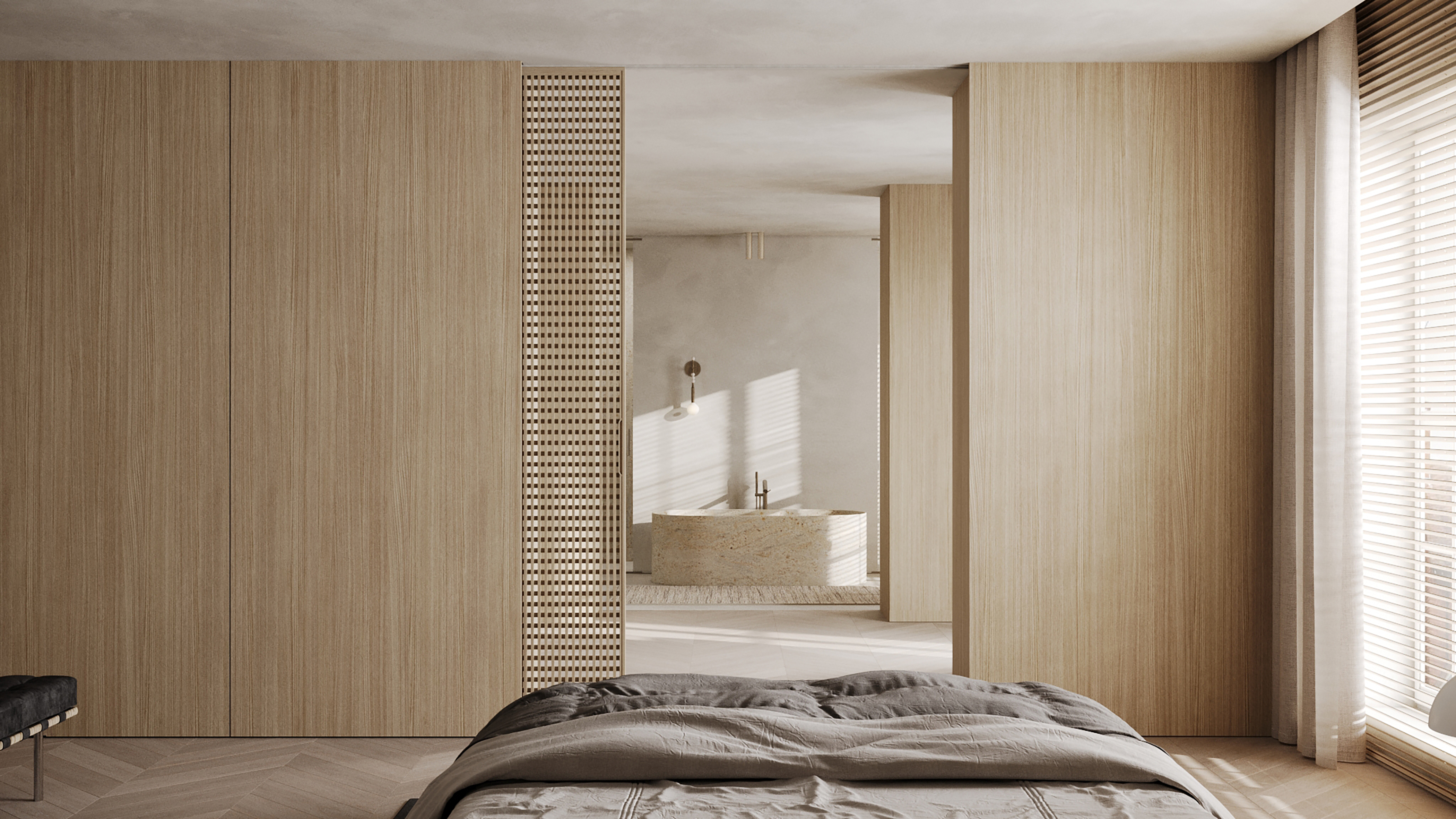
'Room dividers are a good way to divide and break up a space and also act as décor be it any space,' says architect Aparna Kaushik. The design of the divider should not be too bold, but rather something that fits well in the space without symbolizing the end of one zone and the beginning of another. Open dividers keep a visual connection between the spaces without breaking the flow and grandness of a space.'
'Areas with large openings can be treated with an internal glass door or pocket door that slides in the pocket,' says Aparna. 'These doors are easy to install and after sliding they do not occupy extra space in the room. The pocket wall can be used like any other wall in the space with artwork/wall sconces display.'
10. Zone each space with lighting
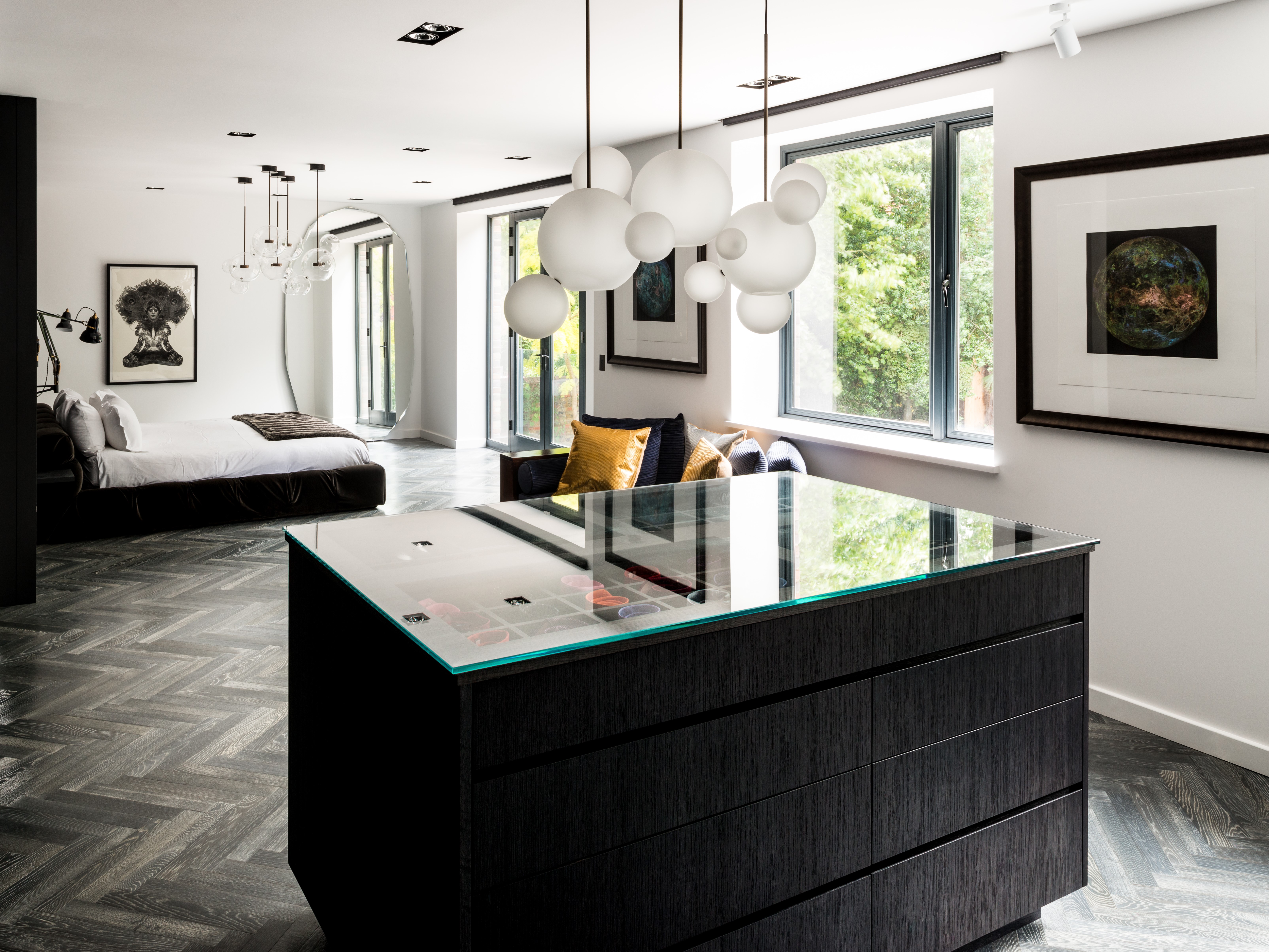
Lights play a starring role in any room's decor. Not only do they lift the mood and look of the room, but functionally too they can endow a room with personality and more use.
By hanging two chandeliers at a distance, you can create the illusion of two areas in a room. This is because chandeliers create a focal point, and are usually the first thing people tend to notice when they enter a room. With your bedroom lighting, choose two pieces that create two separate yet significant focal points in the room.
These bronze-tinted globe lights are eye-catching and can look great in the bedroom, living room, or even kitchen. Easy to install, they look smart and add a modern touch to interiors.
What is the cheapest way to divide a bedroom?
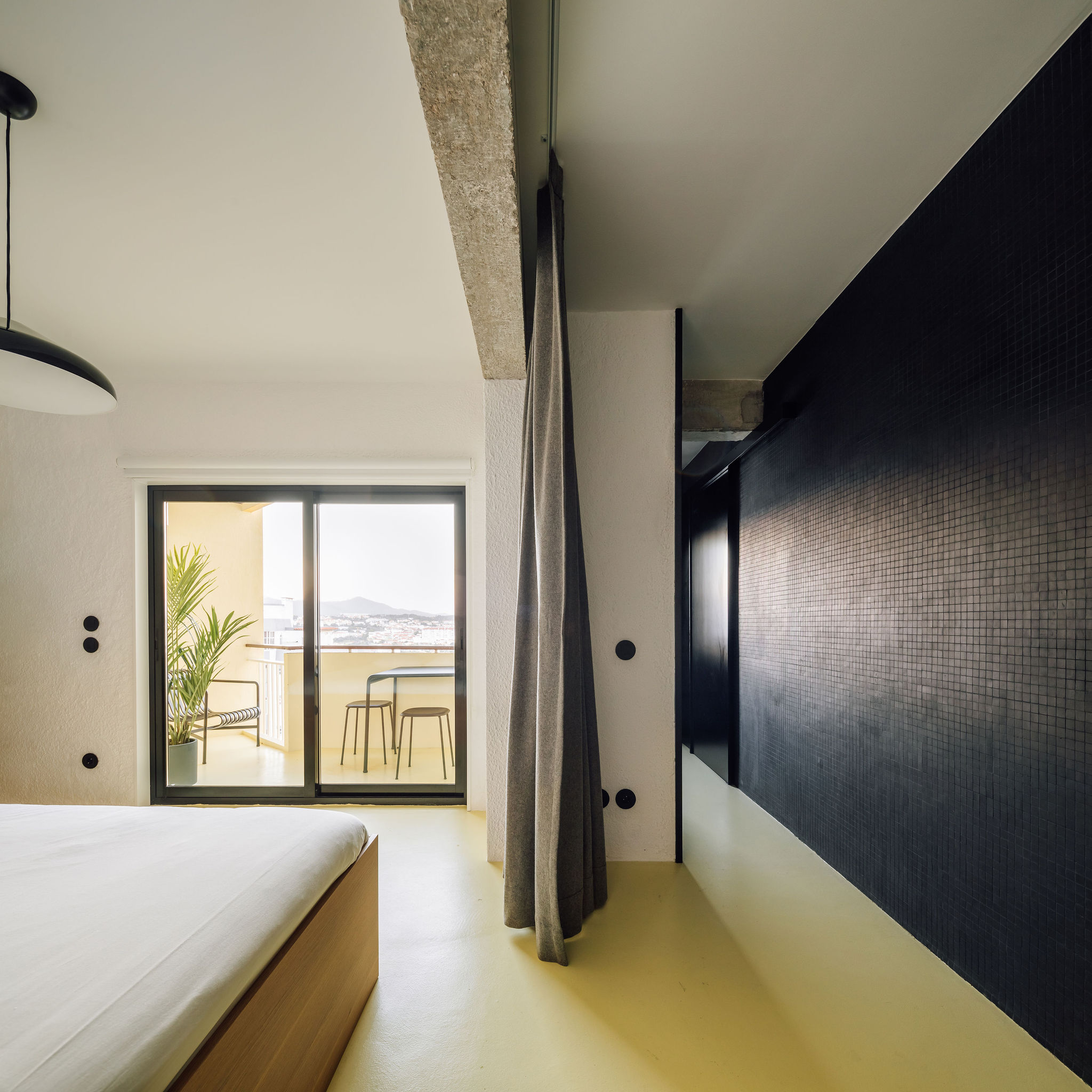
There are several ways you can divide a bedroom into two rooms on a budget. Add an internal curtain in your modern bedroom, and segregate the space between the sleeping and dressing area. A more suitable way is with paints or wallpapers.
You can even place a bookshelf in a corner to cordon off a reading spot from the bed. A fabric screen can help you out as well; as can a few tall plants.
Be The First To Know
The Livingetc newsletters are your inside source for what’s shaping interiors now - and what’s next. Discover trend forecasts, smart style ideas, and curated shopping inspiration that brings design to life. Subscribe today and stay ahead of the curve.

Aditi Sharma Maheshwari started her career at The Address (The Times of India), a tabloid on interiors and art. She wrote profiles of Indian artists, designers, and architects, and covered inspiring houses and commercial properties. After four years, she moved to ELLE DECOR as a senior features writer, where she contributed to the magazine and website, and also worked alongside the events team on India Design ID — the brand’s 10-day, annual design show. She wrote across topics: from designer interviews, and house tours, to new product launches, shopping pages, and reviews. After three years, she was hired as the senior editor at Houzz. The website content focused on practical advice on decorating the home and making design feel more approachable. She created fresh series on budget buys, design hacks, and DIYs, all backed with expert advice. Equipped with sizable knowledge of the industry and with a good network, she moved to Architectural Digest (Conde Nast) as the digital editor. The publication's focus was on high-end design, and her content highlighted A-listers, starchitects, and high-concept products, all customized for an audience that loves and invests in luxury. After a two-year stint, she moved to the UK and was hired at Livingetc as a design editor. She now freelances for a variety of interiors publications.
-
 Turns Out the Coolest New Café is Actually In Your Kitchen — Here's How to Steal the Style of TikTok's Latest Trend
Turns Out the Coolest New Café is Actually In Your Kitchen — Here's How to Steal the Style of TikTok's Latest TrendGoodbye, over-priced lattes. Hello, home-brewed coffee with friends. TikTok's 'Home Cafe' trend brings stylish cafe culture into the comfort of your own home
By Devin Toolen Published
-
 5 Bathroom Layouts That Look Dated in 2025 — Plus the Alternatives Designers Use Instead for a More Contemporary Space
5 Bathroom Layouts That Look Dated in 2025 — Plus the Alternatives Designers Use Instead for a More Contemporary SpaceFor a bathroom that feels in line with the times, avoid these layouts and be more intentional with the placement and positioning of your features and fixtures
By Lilith Hudson Published
